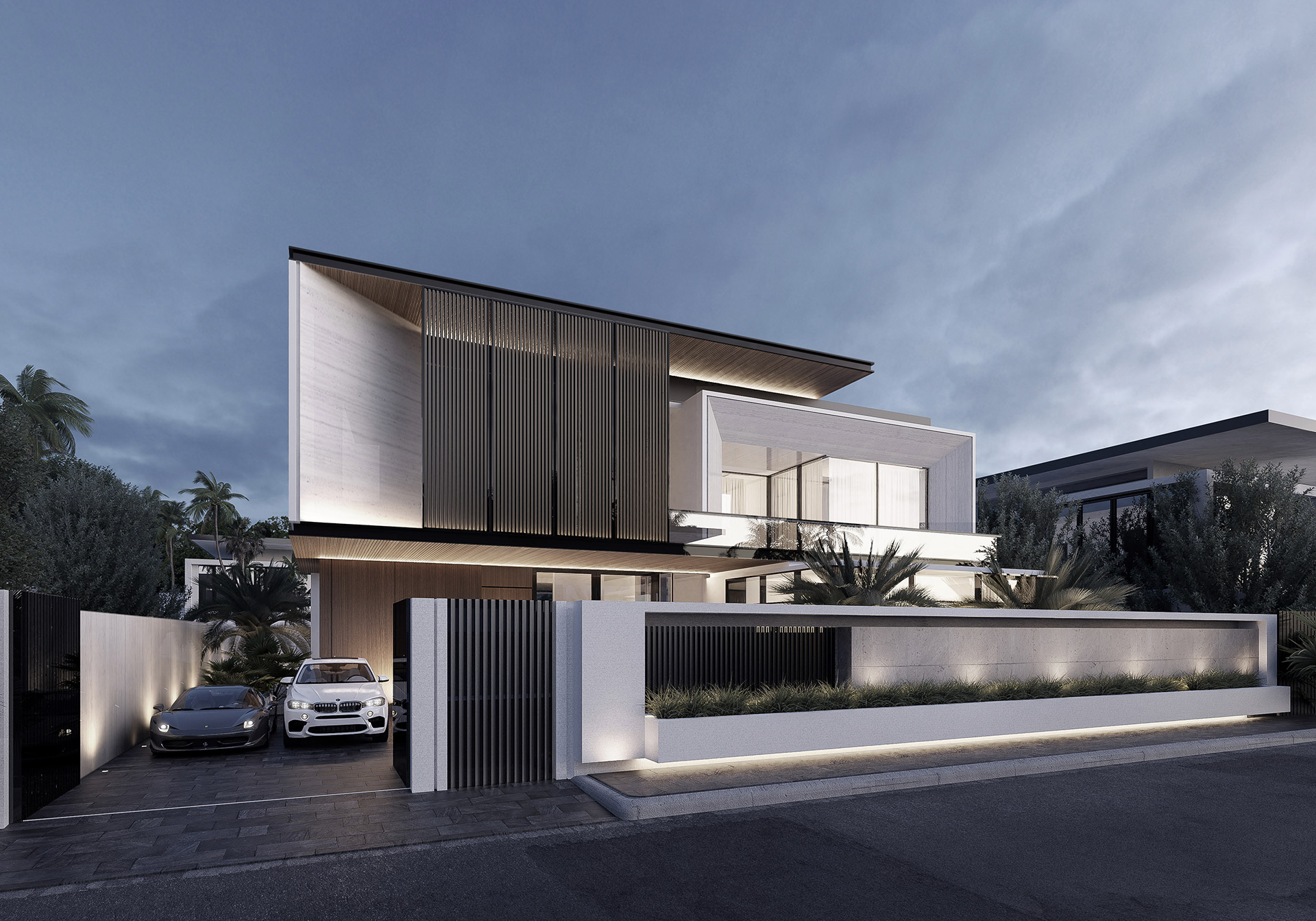In recent years, commercial building architecture has undergone a remarkable transformation, fueled by technological advances, environmental considerations, and evolving business needs. The quest for smarter, more sustainable, and adaptive commercial spaces has led the best architecture firms worldwide to innovate and redefine how commercial buildings are designed and constructed. These innovations are not only enhancing aesthetics and functionality but also addressing pressing global challenges such as climate change, urbanization, and workplace well-being.
This article explores some of the most exciting innovations in commercial building architecture pioneered by the best architecture firms and how these developments are shaping the future of commercial spaces.

Embracing Sustainability and Green Design
One of the most prominent trends in commercial building architecture is the integration of sustainability as a core principle. The best architecture firms recognize that buildings account for a significant portion of global energy consumption and carbon emissions, and they are actively developing strategies to minimize environmental impact.
Innovative green design includes energy-efficient systems, the use of renewable energy sources such as solar panels, rainwater harvesting, and green roofs. Many firms implement advanced insulation techniques and energy management systems to optimize consumption. Moreover, certifications like LEED and WELL have become benchmarks for sustainable design, motivating firms to push boundaries.
The adoption of sustainable materials like recycled steel, bamboo, and low-VOC (volatile organic compound) paints is also gaining momentum. This not only reduces the environmental footprint but also improves indoor air quality, promoting occupant health.
Integration of Smart Technologies
The rise of smart technologies is revolutionizing commercial building architecture. The best architecture firms are integrating IoT (Internet of Things), AI (artificial intelligence), and automation to create intelligent buildings that respond dynamically to environmental and human factors.
Smart sensors regulate lighting, temperature, and ventilation based on occupancy and external weather conditions, maximizing energy efficiency and comfort. Advanced building management systems allow real-time monitoring and predictive maintenance, reducing operational costs and downtime.
Moreover, facial recognition, biometric access controls, and AI-powered security systems enhance building security while ensuring a seamless experience for occupants and visitors. These innovations turn buildings into responsive ecosystems, improving usability and sustainability.
Flexible and Adaptive Design Solutions
Modern businesses require spaces that can evolve with their needs. The best architecture firms champion flexible and adaptive design in commercial building architecture to accommodate changing workforce dynamics such as remote work, collaboration, and hybrid office models.
Movable walls, modular furniture, and multipurpose spaces are common features in innovative commercial buildings. This flexibility enables companies to optimize space use, enhance collaboration, and foster creativity.
In addition, biophilic design—integrating natural elements like plants, water features, and natural light—is being embraced to improve mental well-being and productivity. Such human-centric approaches create healthier, more inspiring workplaces.
Advanced Construction Materials and Methods
The construction phase is also benefiting from innovation. The best architecture firms leverage advanced materials and cutting-edge building techniques to deliver superior commercial buildings.
Cross-laminated timber (CLT), high-performance concrete, and sustainable composites are gaining popularity for their durability and eco-friendliness. These materials enable faster construction, greater design flexibility, and enhanced structural performance.
Prefabrication and modular construction methods reduce waste and construction time while improving quality control. This efficiency is especially valuable in large commercial projects where timelines and budgets are critical.
Resilience and Disaster Preparedness
Given increasing climate uncertainties, the best architecture firms prioritize resilience in commercial building architecture. Innovative designs incorporate flood-resistant foundations, seismic reinforcements, and energy-independent systems such as microgrids and battery storage.
These features ensure continuity of operations during extreme weather or power outages, protecting both investments and occupants. Resilient buildings contribute to safer urban environments and foster community sustainability.
Cultural Sensitivity and Contextual Integration
While innovation drives progress, the best architecture firms also emphasize cultural sensitivity and contextual integration in their designs. Successful commercial building architecture respects local traditions, environmental conditions, and community needs.
This approach often involves using locally sourced materials, reflecting regional architectural styles, and engaging with local stakeholders. Such designs foster a sense of place and identity, making commercial buildings more than just functional spaces—they become landmarks that enrich communities.

Wellness and Human-Centered Design
Increasingly, the best architecture firms are focused on wellness in commercial building architecture. The health and productivity of occupants have become central concerns, leading to designs that promote physical and mental well-being.
Features such as improved ventilation, ample natural light, acoustic control, and access to outdoor spaces are becoming standard. The incorporation of fitness zones, relaxation areas, and ergonomic workstations supports a holistic work environment.
Standards like the WELL Building Standard guide firms in creating environments that enhance occupant health, thereby improving employee satisfaction and retention.
Conclusion
The innovations transforming commercial building architecture are the result of visionary efforts by the best architecture firms committed to sustainability, technology, and human-centric design. These advancements not only address contemporary challenges but also anticipate future needs, ensuring that commercial buildings remain functional, inspiring, and resilient.
Among these leaders, ZNera Space stands out for its forward-thinking approach, seamlessly integrating smart technologies, sustainable practices, and adaptive design in its projects. Their commitment to excellence and innovation positions them as a trusted partner for businesses seeking to create commercial spaces that are both cutting-edge and sustainable.
As the world continues to evolve, the role of the best architecture firms like ZNera Space in shaping the future of commercial building architecture will only grow more vital, driving progress towards smarter, greener, and more human-centered built environments.